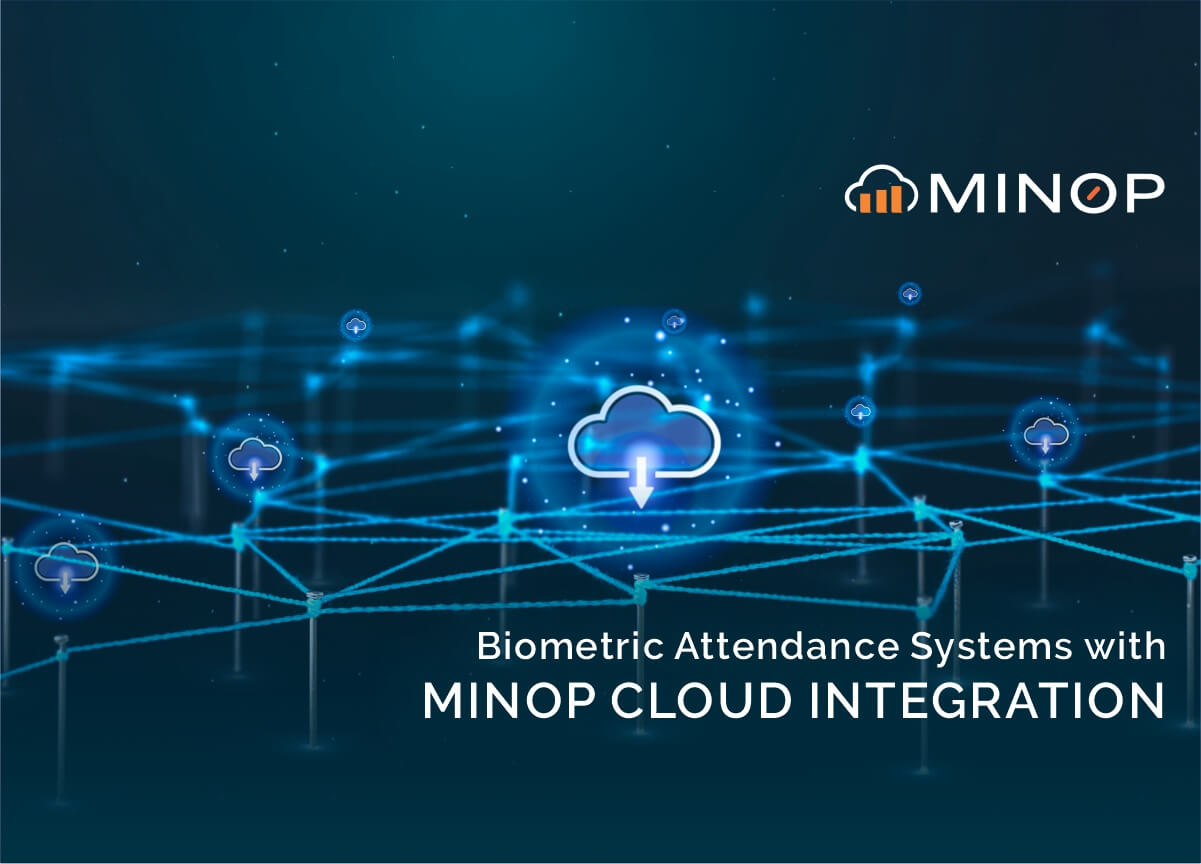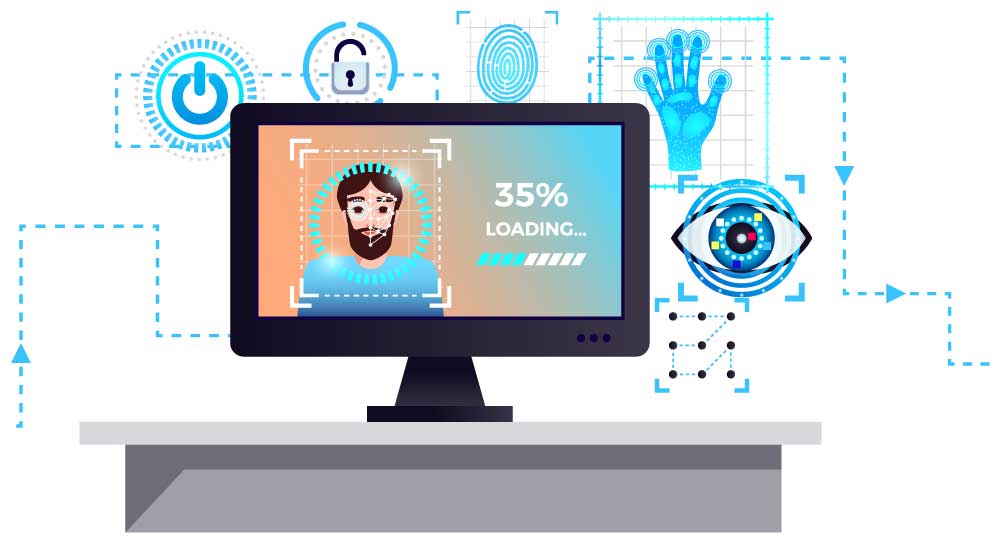Biometric Attendance Systems with Minop Cloud Integration
Posted On:- 14 June, 2024 By:- Arjun Singh
What is a Biometric Attendance System?
Biometric attendance system is very important in monitoring how much time an employee spends in his/her working station in order to facilitate accurate remuneration. The tradition of tracking attendance was started with mechanical time clocks in the late 1800s. These evolved into electric time clocks and eventually into modern time clock software in the 1990s culminating in advanced biometric attendance systems. These systems eradicate problems like proxy attendance through the use of exclusive biometric data like fingerprints, irises, faces, typing, and voice.
How does the Biometric Attendance System work?
Biometric attendance systems make use of physiological characteristics like fingerprints to record the attendance and working hours of employees convincingly. Every fingerprint is matched with certain coordinates that are in the database of the system. When an individual enters these coordinates, they are crosschecked to ensure the person is who they are and to guarantee that the attendance record is safe and correct.
Advantages and Characteristics of Biometric Attendance Systems
Biometric systems have a way of reducing the issue of proxy attendance in that, no two people possess similar biometric details. Such systems offer several forms of recognition: fingerprint, facial, iris, and vein pattern recognition, which have their strengths and weaknesses. undefined

Fingerprint Recognition:
It is easy to use, but people with fragile fingerprints, especially the elderly, may have problems with the recognition.
Facial Recognition:
Helpful for identifying someone from a distance but may need the person to look straight at the camera.
Iris Recognition:
Very safe and precise but could be a bit uncomfortable during the scanning process.
Vein Pattern Recognition:
Faster and easier to use but not ideal for people with cold hands or those with specific health issues.
Ensconcing Minop Cloud with Biometric Attendance Systems
Biometric attendance systems are already in use considering the advancements in technology and take the convenience of the already flexible system up the level higher by making them cloud-based where employees can check their attendance using smart devices online. Finally, the fact that this feature is of great use during working remotely as it allows to supervise and organize working hours.
A biometric attendance system is one such invention that provides an organized way of tracking an employee's attendance and punctuality.
When choosing a biometric attendance system, ensure it includes: When choosing a biometric attendance system, ensure it includes:

High Storage Capacity:
Can store a number of fingerprints, as the size of the business increases, or as the system is expanded.

Durability:
Overall, it must be durable, and able to withstand tough weather conditions and a high level of usage.

360-Degree Verification:
Ensures that the fingerprint can be clicked whatever the position regardless of the position or location of the fingerprint.

Access Control:
Promotes security by preventing people from attaining access to certain systems in the organization.

Fast Identification Time:
In addition, it remains critical for preventing potential scenarios—such as slowdowns in the workflow-that could lead to a disruption of productivity.
Some considerations for using Biometric Attendance Systems
Managers are also reminded to protect information to avoid situations where identity is stolen and to enhance the functionality of the systems to get the best return from them. The technology should ideally provide the ability to identify animals and processes fast and accurately, with cloud access to allow remote monitoring and management.
Biometric attendance systems have become very crucial to institutions
Biometric systems offer numerous benefits:

Prevent Proxy Attendance:
It guarantees the tracking of the personnel only who is authorized to be within the office premises, especially around the shared resources.

Ensure Data Accuracy:
It works with HR software for more accurate calculation of attendance as well as payment.

Cost-Effective:
Saves the investment costs which were otherwise used for inexpensive and more secure types such as chip cards.
Support and Maintenance
A biometric-based attendance system requires hardware and software applications, cloud-based data storage, and reliable service providers. Make the system simple to install, use, and manage, using fast processors and networking in non-networked regions.
Therefore, by implementing Minop Cloud, biometric attendance systems are empowered and become useful to the organization as a reliable means of managing the attendance of employees.

Comments